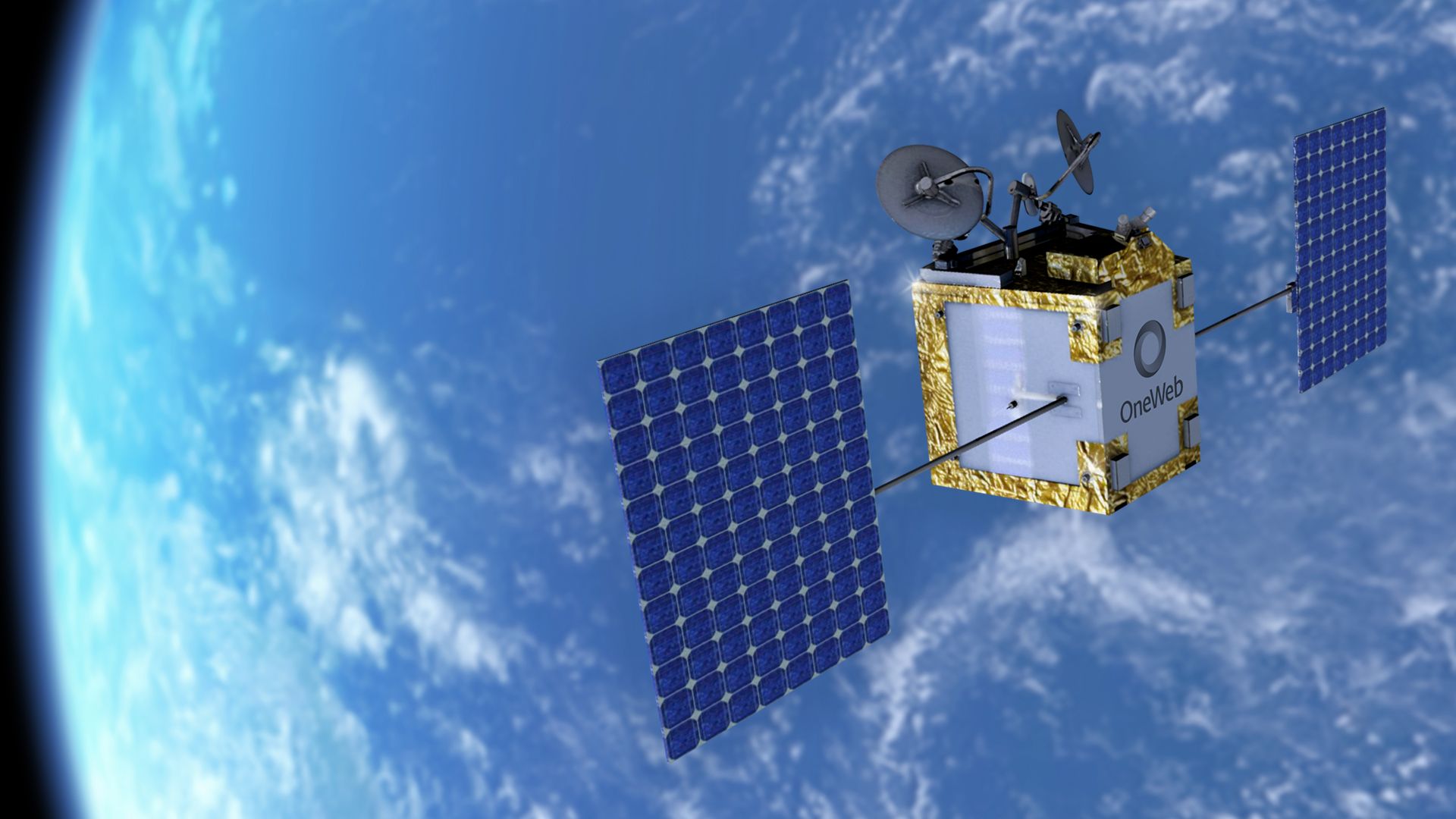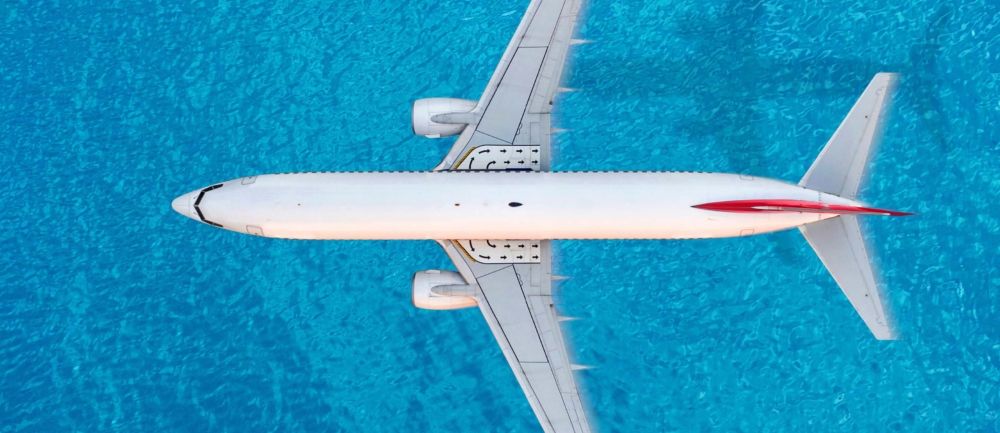With the promise of global coverage, low latency, and a usable capacity of over a terabit per second, the low Earth orbit constellation being built by OneWeb is shaping up to be a gamechanger for connectivity around the globe. Simple Flying spoke to Ben Griffin, Vice President of Mobility at OneWeb, about why the network is perfect for aviation and what benefits we can expect.
Aviation is key for OneWeb
As competition in the low Earth orbit (LEO) space intensifies, some of the players have begun to show their hand in terms of the focus markets for their coverage. SpaceX has revealed plans to beam WiFi to aircraft using lasers. At the same time, Inmarsat has thrown its hat into the ring with plans for LEO additions for its multi-spectrum, multi-orbit ORCHESTRA solution.
But for British company OneWeb, using the power of LEO to enhance inflight connectivity is not just an afterthought. The network is being built with mobility in mind. Simple Flying caught up with Ben Griffin, VP Mobility at OneWeb, to uncover the company’s plans. He told us,
“Aviation is a key focus, and is in the sweet spot of low Earth orbit satellites, specifically OneWeb, because we're able to offer connectivity everywhere. It doesn't matter whether you're over the middle of the Atlantic, over a polar route or over a hub airport or where ever you’re flying, you don't lose coverage.
“Aviation is really important to us both from a revenue perspective, and because it demonstrates the capabilities of the network really well. So mobility is a very big part of OneWeb’s plans.”
OneWeb plans to deliver global coverage via its LEO network by the end of 2022, and despite COVID, is well on track to achieve this aim. Promising usable capacity of more than one terabit per second, this technology could be a gamechanger for inflight WiFi.
LEO connectivity could change everything
To date, inflight WiFi has largely been provided by geostationary satellites (GEO). While these huge, expensive vessels have high-capacity capabilities, by the physical nature of being in stationary orbit, it means some areas of the globe lack coverage. GEO providers have attempted to solve this with launches of new satellites, but it’s an inherent downfall in the race to provide global coverage.
With LEO networks placed in the right orbits, this problem goes away. OneWeb’s network has been designed for just this purpose, eliminating ‘black spots’ by providing 100% coverage around the globe. But that’s not the only reason it could be great for connected aviation.
As is suggested by the name, LEO satellites maintain an orbit that is much closer to Earth than traditional GEO satellites. OneWeb’s constellation maintains a distance of around 1,200 km (746 miles) above the Earth’s surface, compared to a distance of 36,000 km (22,400 miles) for GEO satellites. This nearer-to-Earth positioning makes for a much lower latency – something that’s not often appreciated until it’s desperately needed. Griffin explained,
“People don't necessarily know what it means until they have a bad experience with latency. If they are trying to do cloud computing or are trying to hold a conversation online, it gets really annoying very quickly.
“User experience is very important, as is physically being able to hold sessions on certain applications. And as 5G rolls out terrestrially, we're going to get more and more used to low latency, because that's what 5G is all about. If we're going to move ahead as an industry, we have to replicate that as much as possible in the air.”
With existing GEO satellites, it's physically impossible to improve the latency due to their location so far away from Earth. With OneWeb’s LEO network, low latency is built-in, guaranteed by its proximity to the planet.
Future-proofed
Another key benefit of LEO technology like OneWeb’s is the relatively short lifespan of the satellites themselves. LEO satellites have an operational life of around seven years, compared to 15 years upwards for GEO satellites.
In most industries, such a short lifespan could be viewed as a limitation. But in the fast-moving world of communications technology, being able to adopt the latest upgrades more swiftly is a hugely positive thing. Griffin commented,
“We're going through the process of addressing the needs for our second-generation satellites now. We're already thinking about that before we've finished deploying the first generation. That's great because we already know most of what we want it to be.”
As well as upgrading the space hardware much faster than GEO networks, OneWeb plans to improve the sustainability of the aircraft hardware too. Earlier in the year, it announced a partnership with Satixfy to develop an Electronically Steered Antenna for the network. This type of antenna not only has a lower profile and lower drag than its mechanically steered counterparts, but the lack of moving parts also means its lifespan is far greater too.
OneWeb has already begun its conversations with both commercial airlines and business jet owners. The commercial service introduction for the network will be towards the end of 2022, with a launch in the aviation sector projected for around the second quarter of 2023. Griffin is hopeful of the service launching in both the commercial and bizjet segments by the end of 2023, heralding a new era, at last, of decent inflight WiFi for all.
This article is brought to you by Simple Flying Connectivity, a category on Simple Flying dedicated to inflight connectivity. Click here to read all of our inflight connectivity content.





